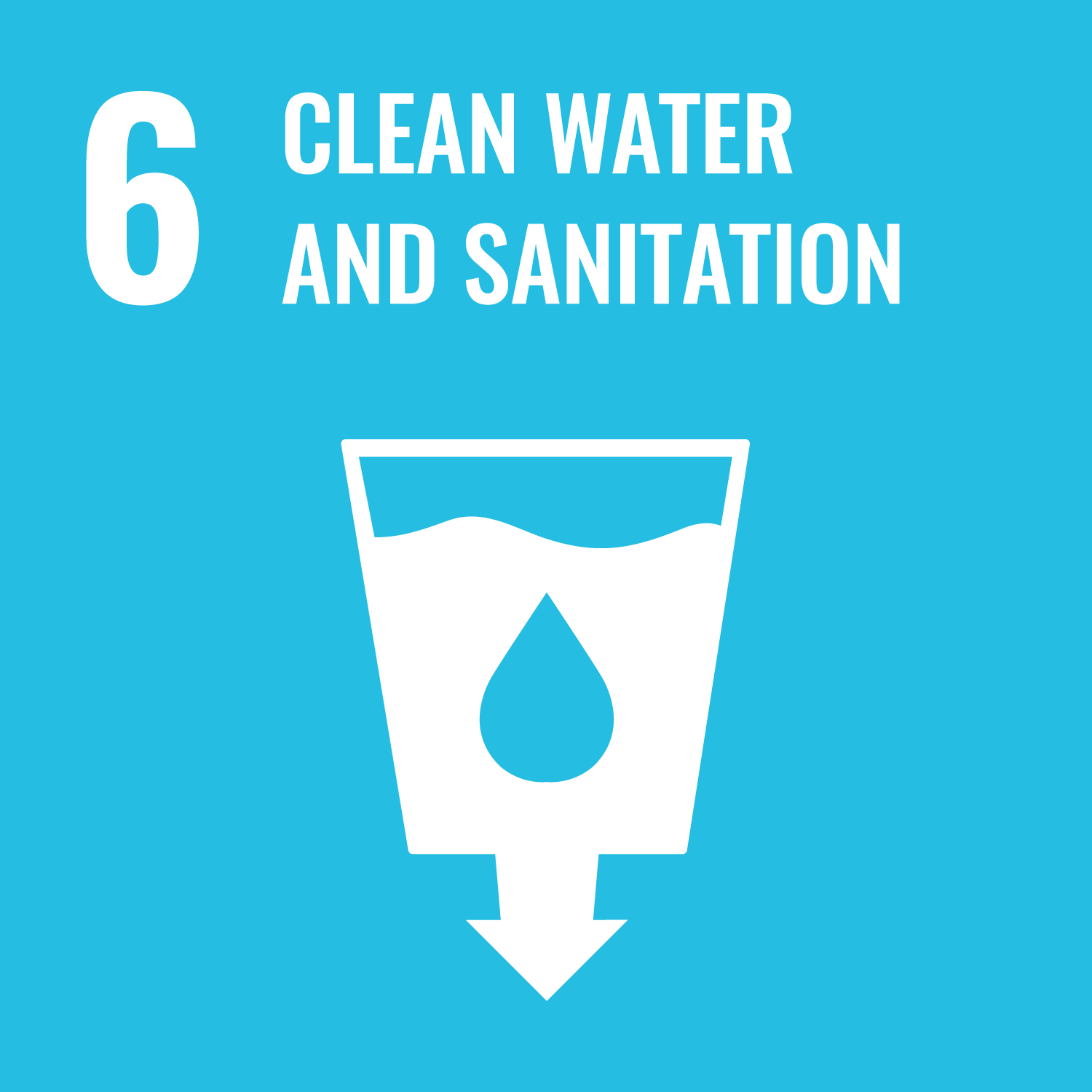Browning, E.G., Bartram, J.K. orcid.org/0000-0002-6542-6315, Guo, A.Z. et al. (4 more authors) (2025) Manganese and iron in drinking water in three West-African countries: Implications for health, acceptability, and disinfection. PLOS Water, 4 (6). e0000234. ISSN: 2767-3219
Abstract
Manganese and iron decrease aesthetic acceptability and chlorine disinfection performance in drinking water, and can be toxic at high doses. We present the first characterization of manganese and iron occurrence in drinking water relative to concentration benchmarks for these three outcomes. Manganese and iron concentrations were evaluated in 261 drinking water samples obtained from boreholes and small groundwater-fed piped systems across large rural regions of Ghana, Mali and Niger. One or both metals exceeded aesthetic benchmark concentrations in 30% of samples and reached concentrations likely to interfere with chlorine disinfection in 5% of samples. Manganese exceeded 2011 WHO health-based benchmarks for drinking water (400 µg/L) in 2% of samples, and exceeded updated provisional health-based benchmark concentrations (80 µg/L) in 13% of samples. Iron occurred at levels exceeding health-based benchmarks in 5% of samples. These results suggest that manganese and iron contribute directly and indirectly to public health problems in a substantive proportion of drinking water sources in the study setting. Implementation of rural drinking water systems reliant on groundwater sources should account for the occurrence of these metals during siting, design, construction, operation, and monitoring/surveillance. Strengthening these capacities, particularly with respect to sampling and testing water sources for these metals, may support management and regulatory efforts to manage the occurrence of these metals in drinking water and their potential adverse effects. Finally, generating and synthesizing additional evidence on the occurrence and effects of iron and manganese in drinking water will support national efforts to manage both contaminants, inform discussions regarding the suitability of current health-based Mn guidelines for protecting sensitive life stages, and underscore the value of monitoring Mn as a priority chemical contaminant under Sustainable Development Goal (SDG) target 6.1: “By 2030, achieve universal and equitable access to safe and affordable drinking water for all.”
Metadata
| Item Type: | Article |
|---|---|
| Authors/Creators: |
|
| Editors: |
|
| Copyright, Publisher and Additional Information: | © 2025 Browning et al. This is an open access article under the terms of the Creative Commons Attribution License (CC-BY 4.0), which permits unrestricted use, distribution and reproduction in any medium, provided the original work is properly cited. |
| Dates: |
|
| Institution: | The University of Leeds |
| Academic Units: | The University of Leeds > Faculty of Engineering & Physical Sciences (Leeds) > School of Civil Engineering (Leeds) |
| Date Deposited: | 06 Nov 2025 11:41 |
| Last Modified: | 06 Nov 2025 11:41 |
| Status: | Published |
| Publisher: | Public Library of Science (PLoS) |
| Identification Number: | 10.1371/journal.pwat.0000234 |
| Related URLs: | |
| Sustainable Development Goals: | |
| Open Archives Initiative ID (OAI ID): | oai:eprints.whiterose.ac.uk:234038 |
Download
Filename: journal.pwat.0000234.pdf
Licence: CC-BY 4.0


 CORE (COnnecting REpositories)
CORE (COnnecting REpositories) CORE (COnnecting REpositories)
CORE (COnnecting REpositories)